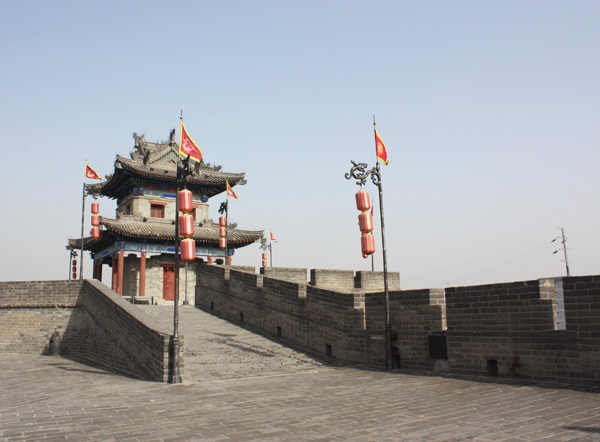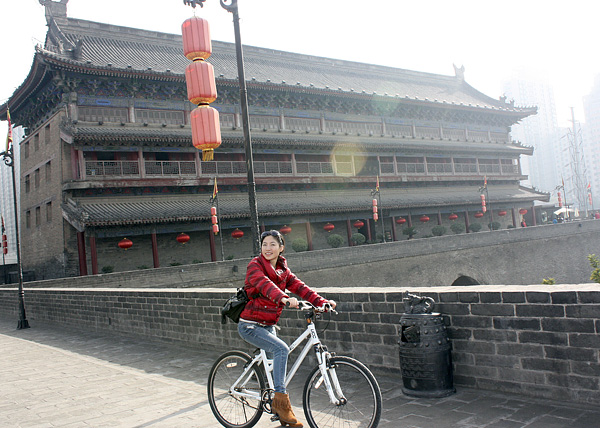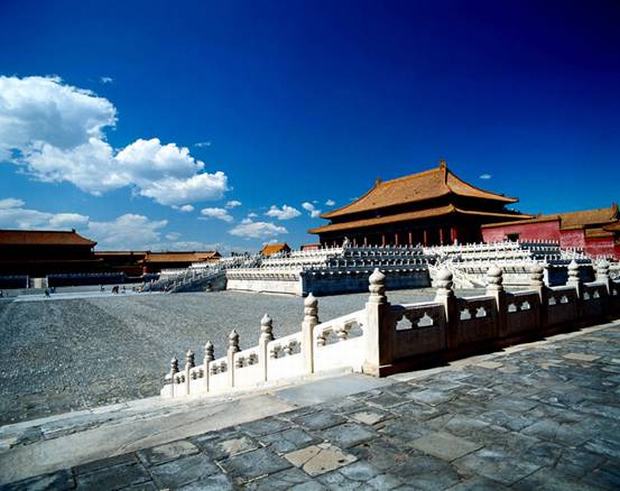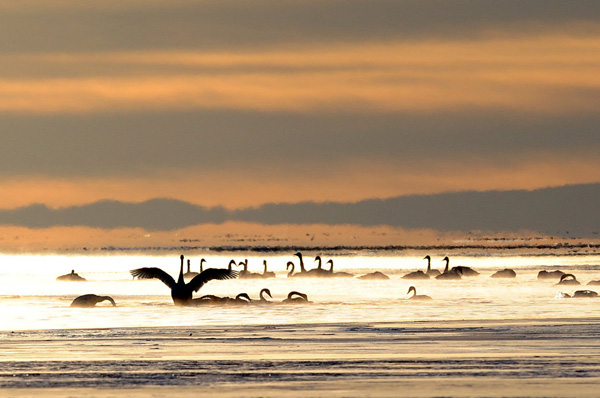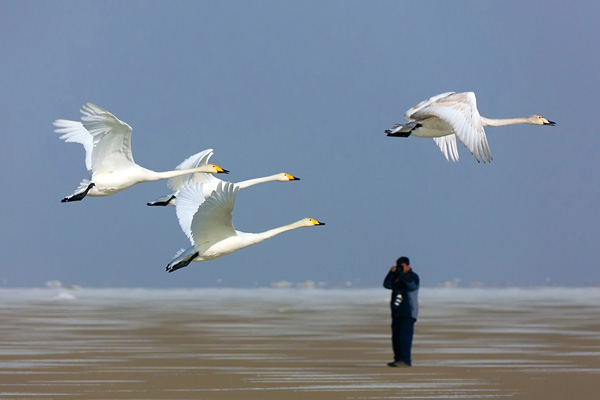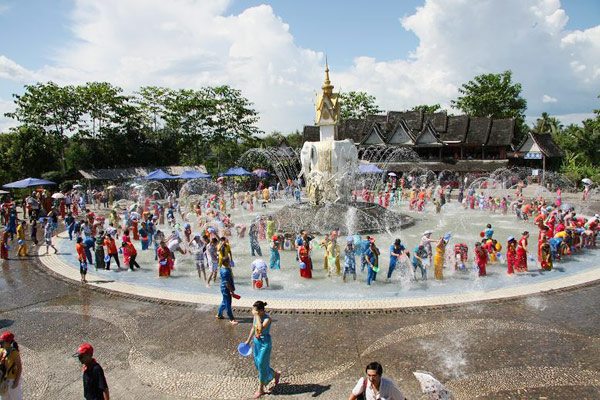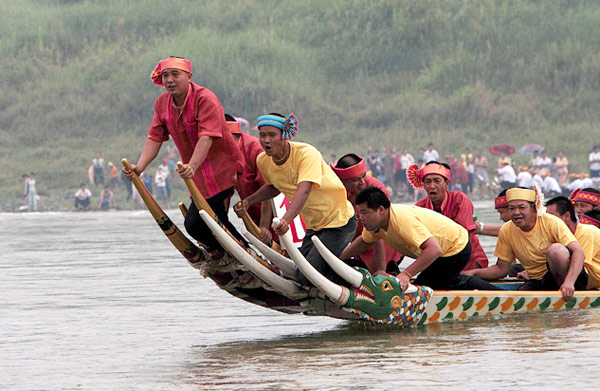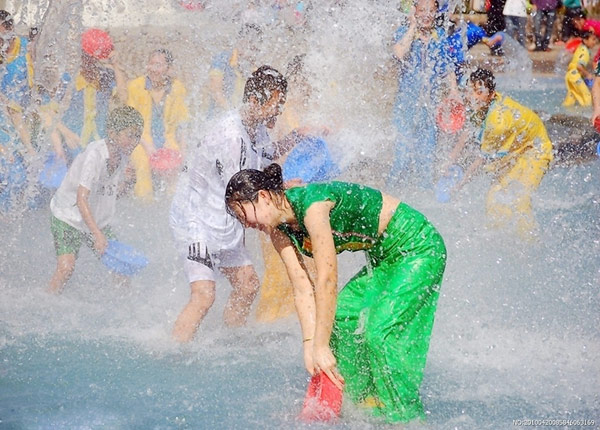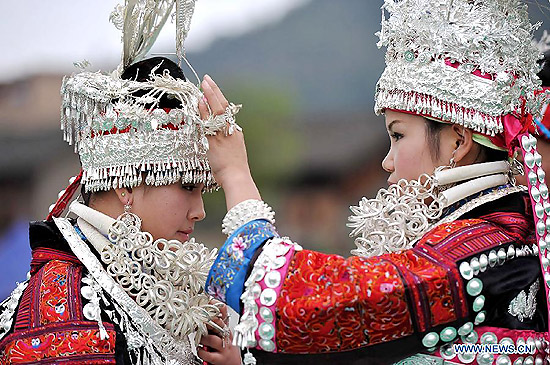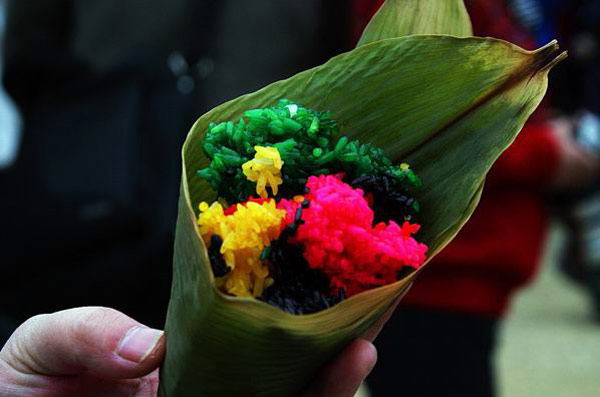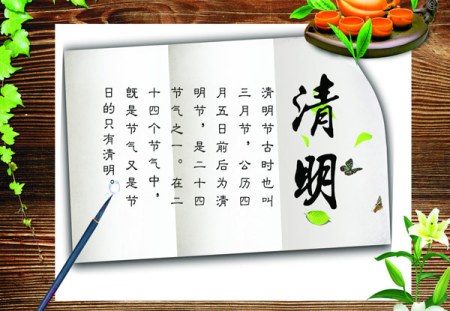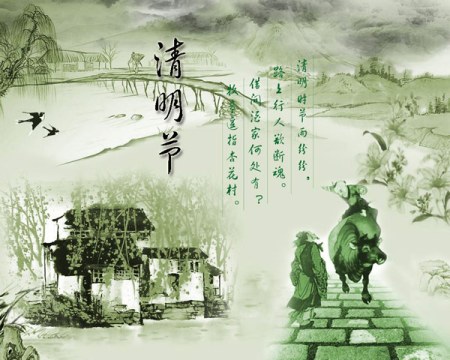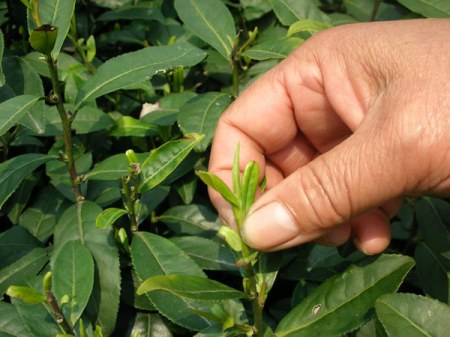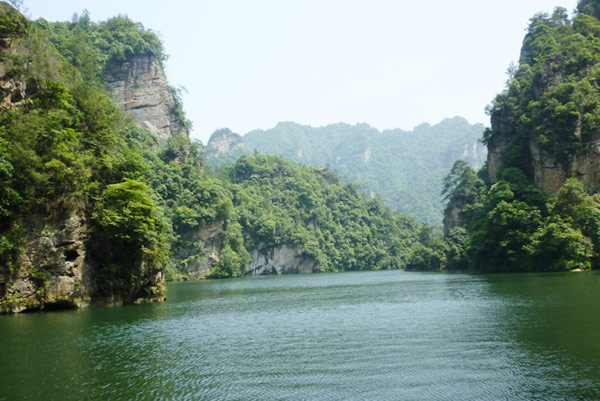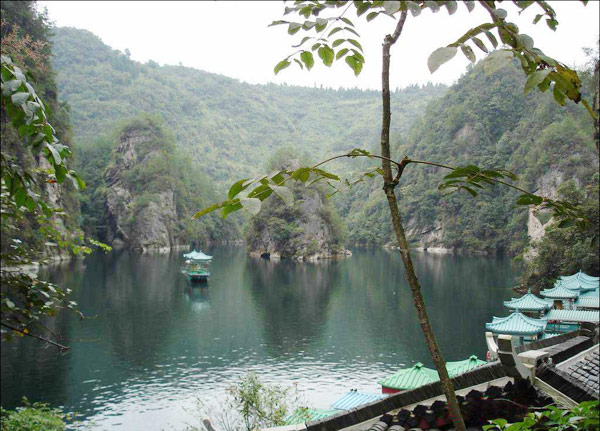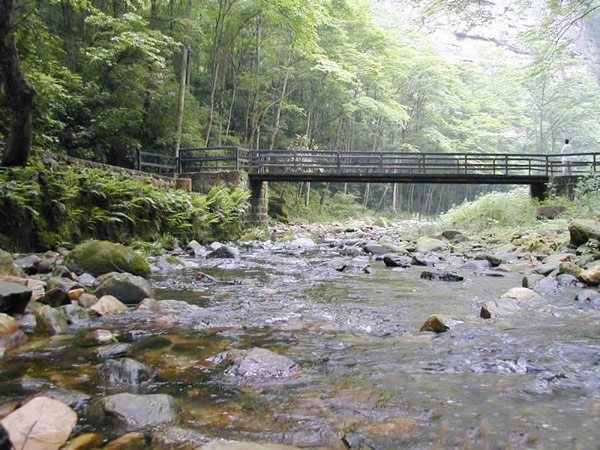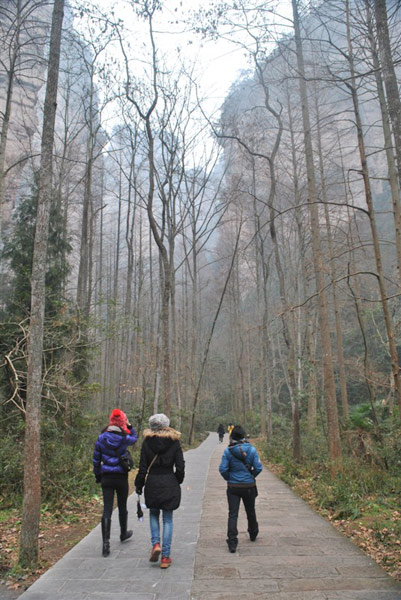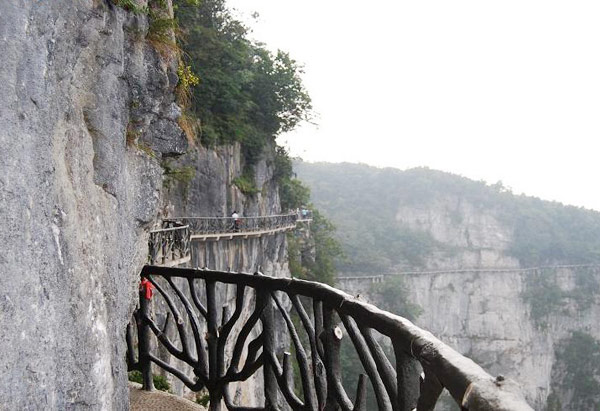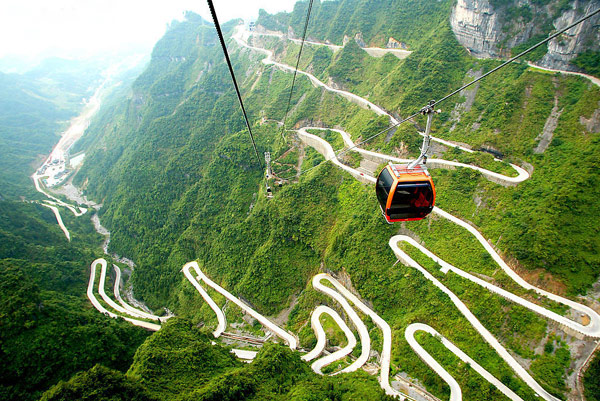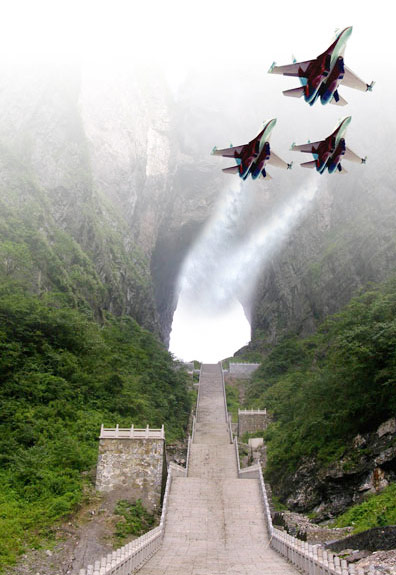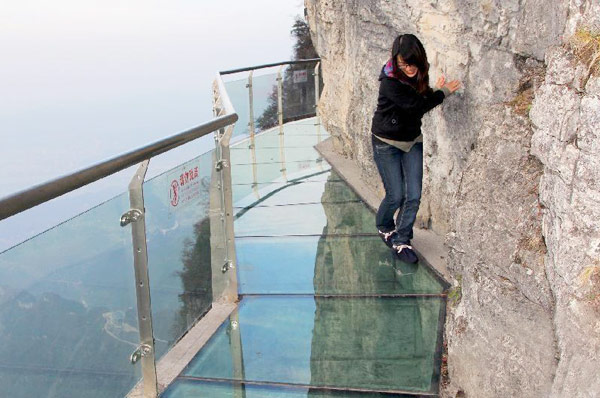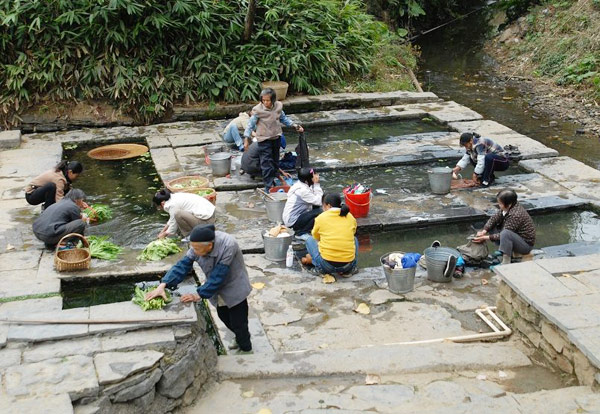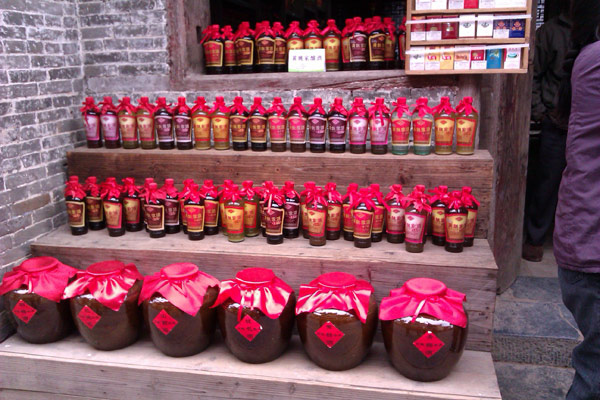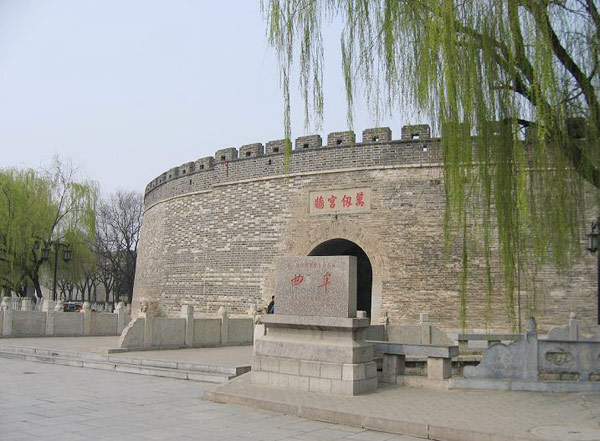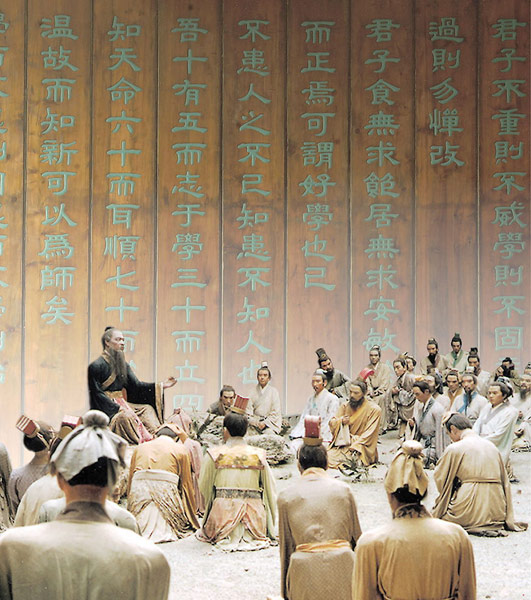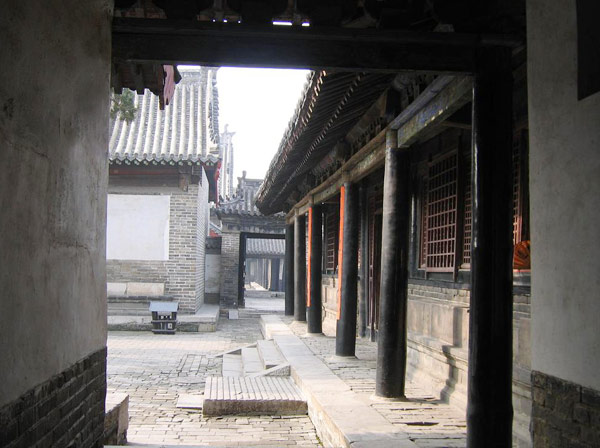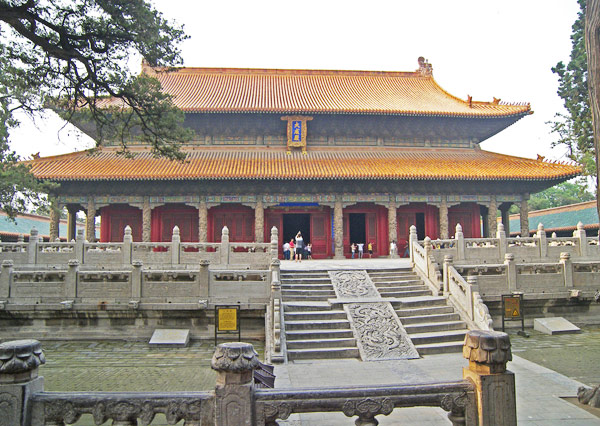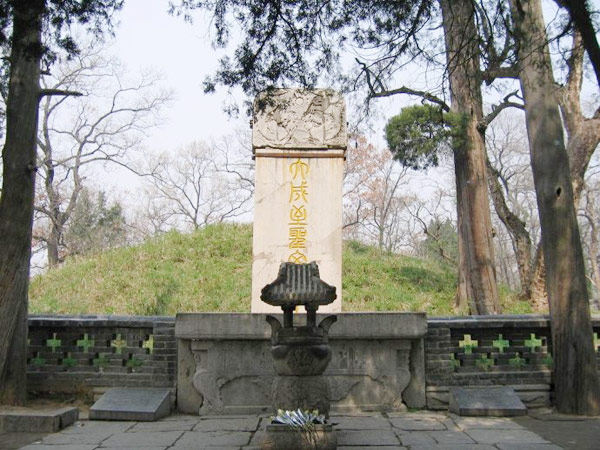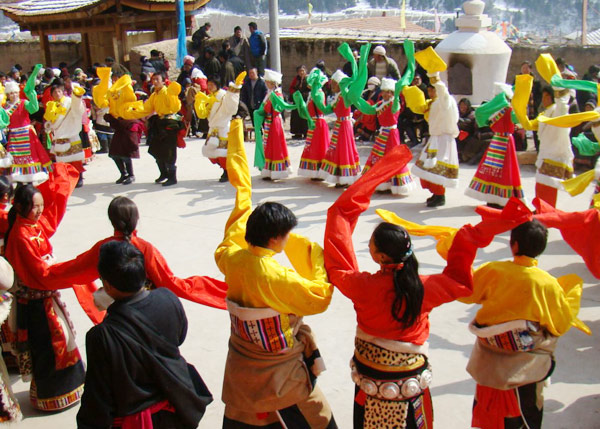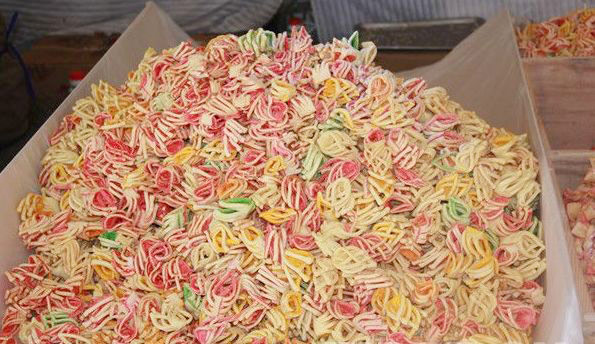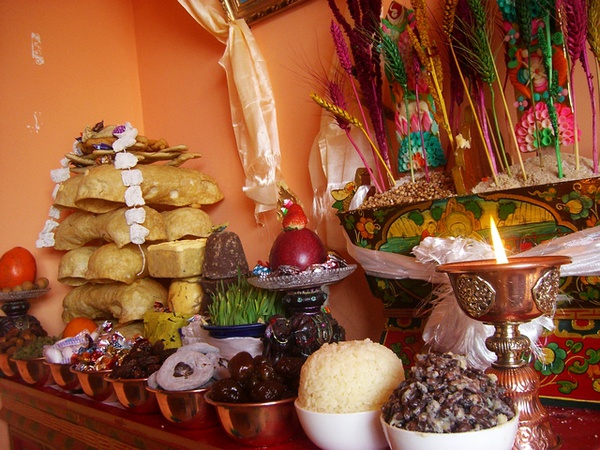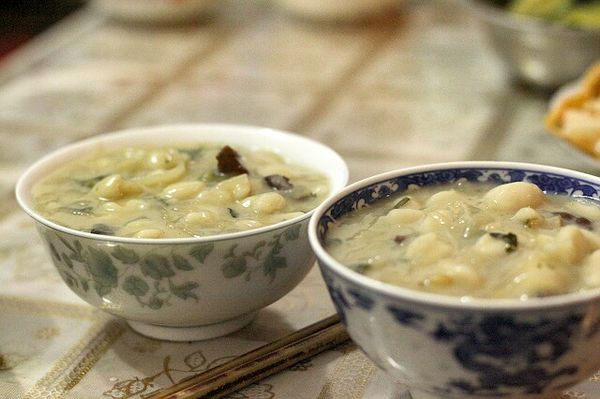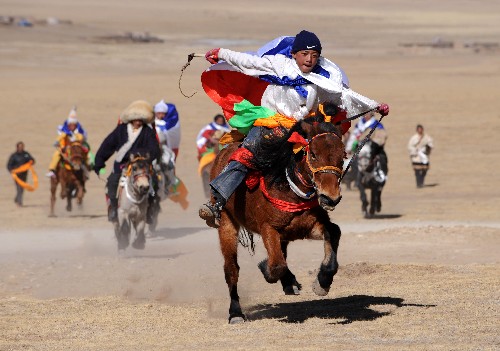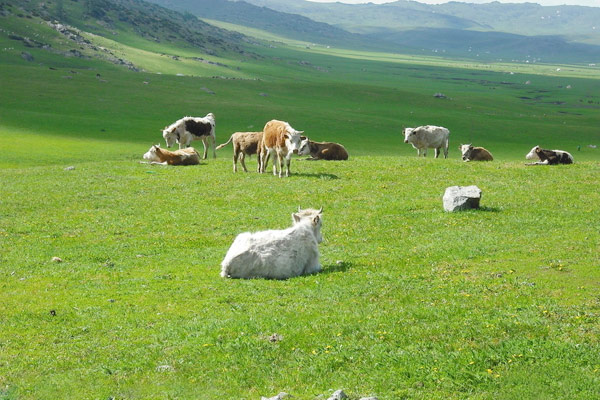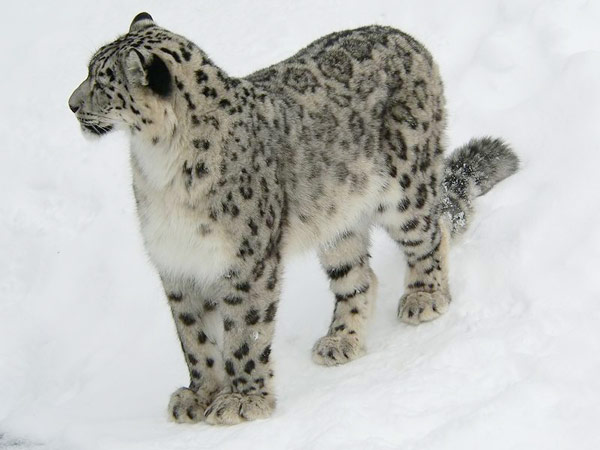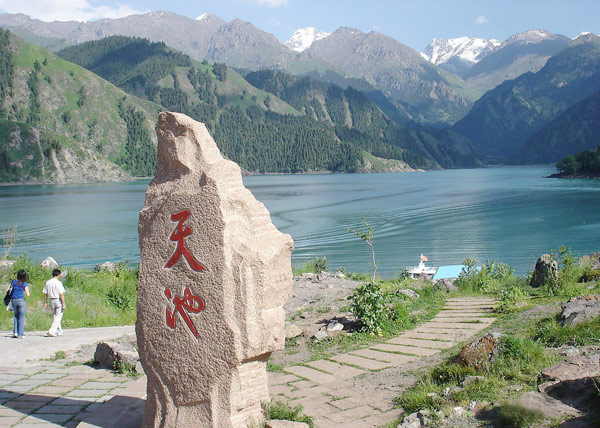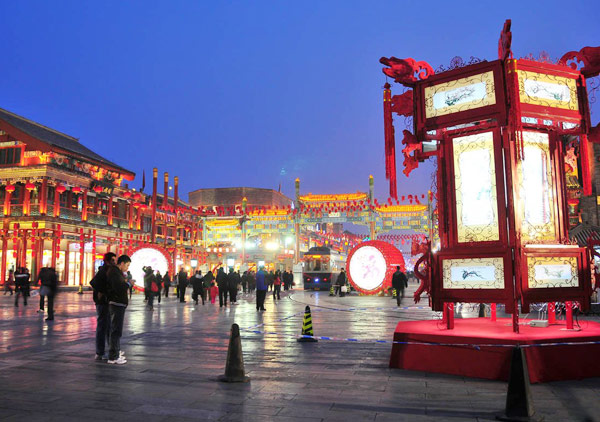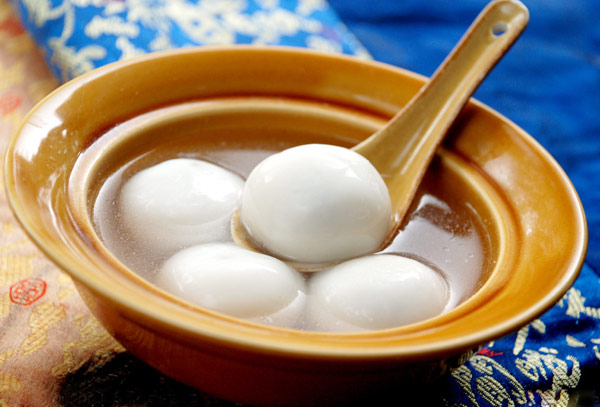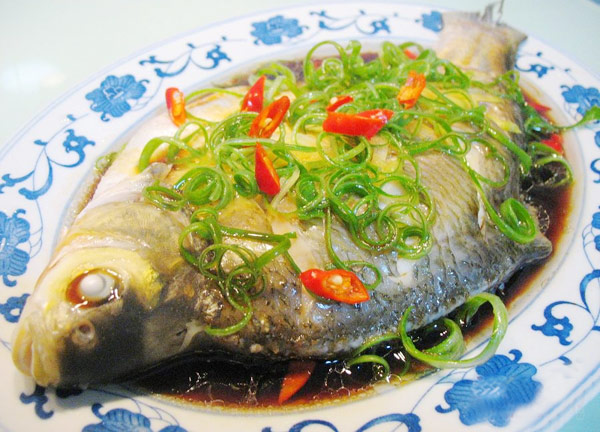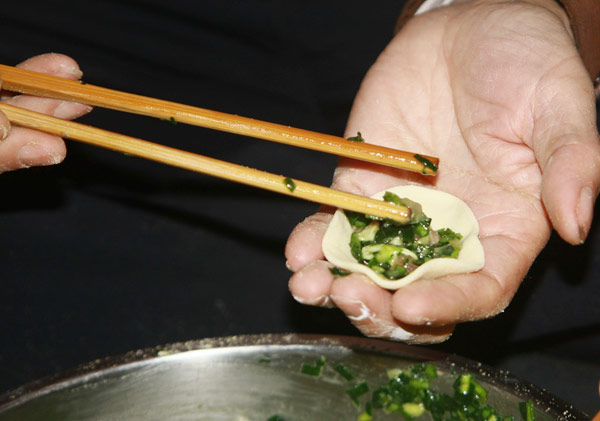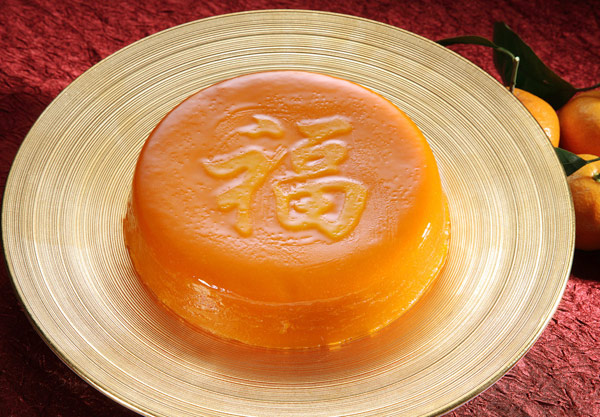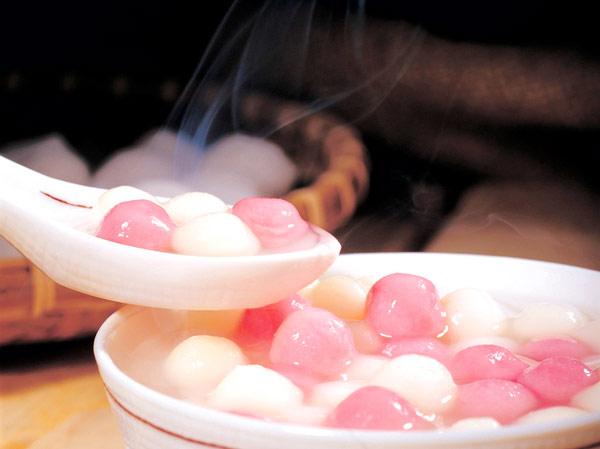This tour journal was writen by Silvia, a travel specialist from
EasyTourChina.com. In mid-Noverber, she had made study trips to Xi’an,
Beijing, Shanghai, and Suzhou.
When I arrange Xi’an tour for my clients, the attraction I would like to put in mostly isAncient City Wallbesides Terra Cotta Warriors, and usually clients like it.
Ancient City Wall is the first landmark visitors will encounter in Xi’an, stretches round the old city. It’s very special among China there’s a completed and occlusive wall in city center. When I rode bicycle on the wall with very warm sunshine in Winter, I felt that it was really an enjoyment, leisure and free. Cycling on City Wall is amazing way to overlook Xi’an. On the way I saw people doing exercise in river bank parks, the railway station and Muslim quarters with ancient style house, even the Guangren Lama Temple. Most buildings inside the circle of city wall are ancient style or very short, but the outside building are very high and modern. I thought that’s like taking time boat.
The round trip cycling took around 2hrs, much less if you are not crazy interested in photos, surely we enjoy every minute.
When I arrange Xi’an tour for my clients, the attraction I would like to put in mostly isAncient City Wallbesides Terra Cotta Warriors, and usually clients like it.
Ancient City Wall is the first landmark visitors will encounter in Xi’an, stretches round the old city. It’s very special among China there’s a completed and occlusive wall in city center. When I rode bicycle on the wall with very warm sunshine in Winter, I felt that it was really an enjoyment, leisure and free. Cycling on City Wall is amazing way to overlook Xi’an. On the way I saw people doing exercise in river bank parks, the railway station and Muslim quarters with ancient style house, even the Guangren Lama Temple. Most buildings inside the circle of city wall are ancient style or very short, but the outside building are very high and modern. I thought that’s like taking time boat.
The round trip cycling took around 2hrs, much less if you are not crazy interested in photos, surely we enjoy every minute.
